In 2012, I was invited to a wedding of my Polish friends and while there, I very quickly realized two things: the Poles really are experts in singing, dancing, drinking, and eating; and that areas in western Poland were formerly German. I discovered the former with the wedding itself and the latter while walking through the small village »Gryfów Śląski« the next day. There, I stumbled across German ghost signage in combination with a Polish street sign and I was instantly transported back to pre-war times.
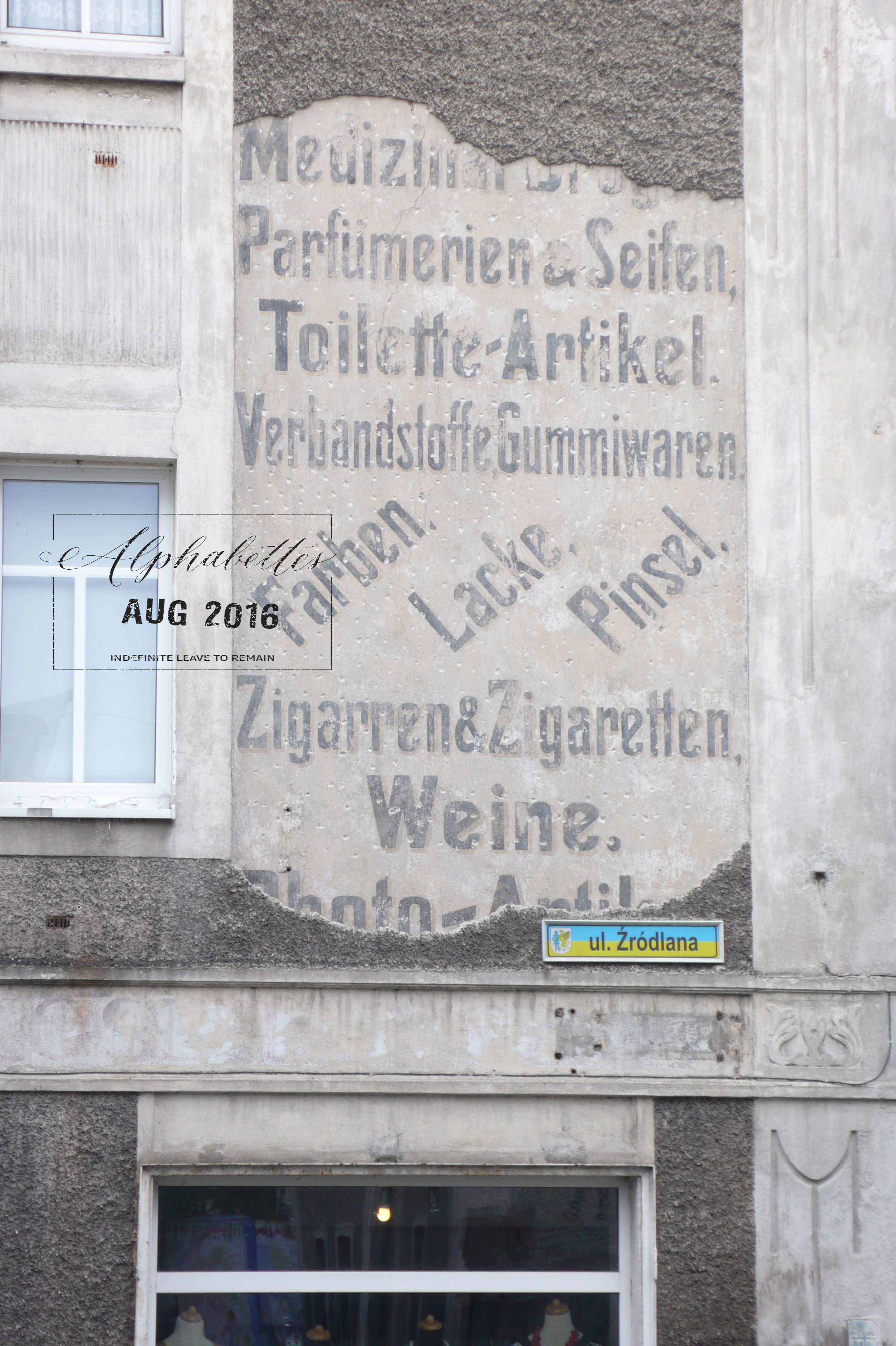
Once I returned, I began to research Europe’s shifting borders, Poland in particular. I dove deep into Polish history and their connections to both the west and the east of their own country. (If you are interested, read this great book by Jan Karski in English: The Great Powers and Poland – From Versailles to Yalta or Bloodlands – Europe between Hitler and Stalin by Timothy Snyder.)
In the image below, you can discover more than 200 years of shifting Polish borders – and if you have a keen eye, you can see that Poland itself had completely disappeared from the maps for nearly one hundred years.
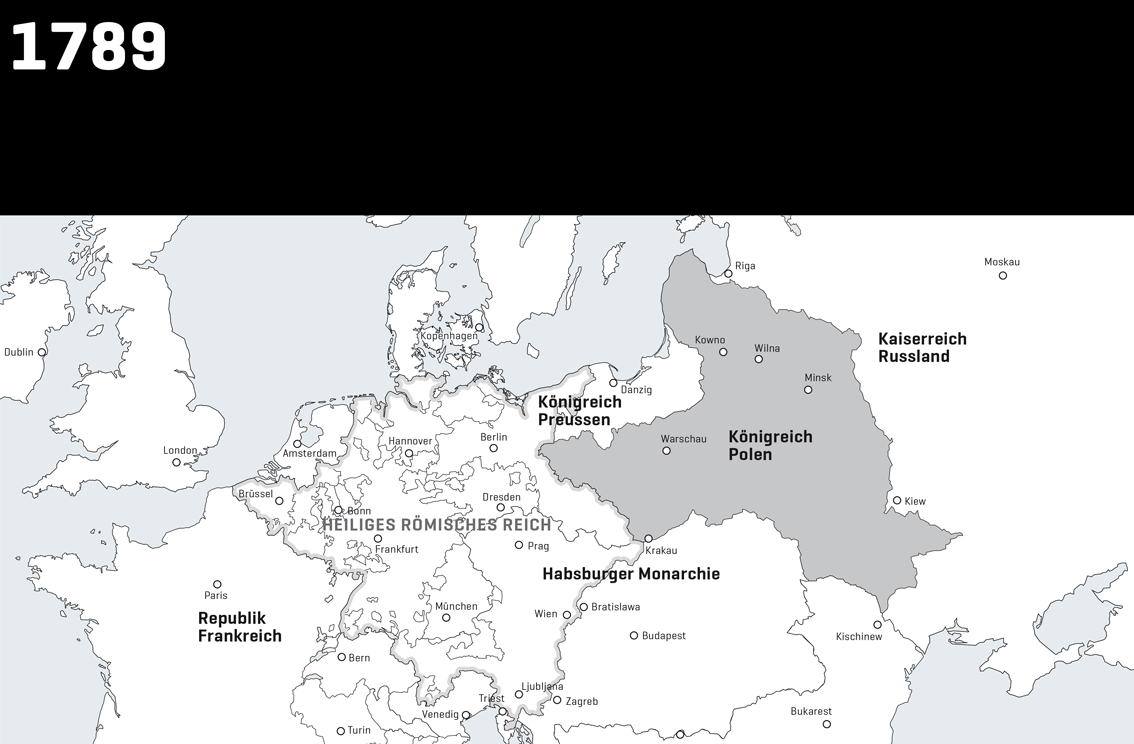
In 2014, I returned to Poland, searching for typographic artefacts and ghost signs as silent witnesses of the time. My starting point was Mirsk, a small village near the German border and surrounded by beautiful land and views.
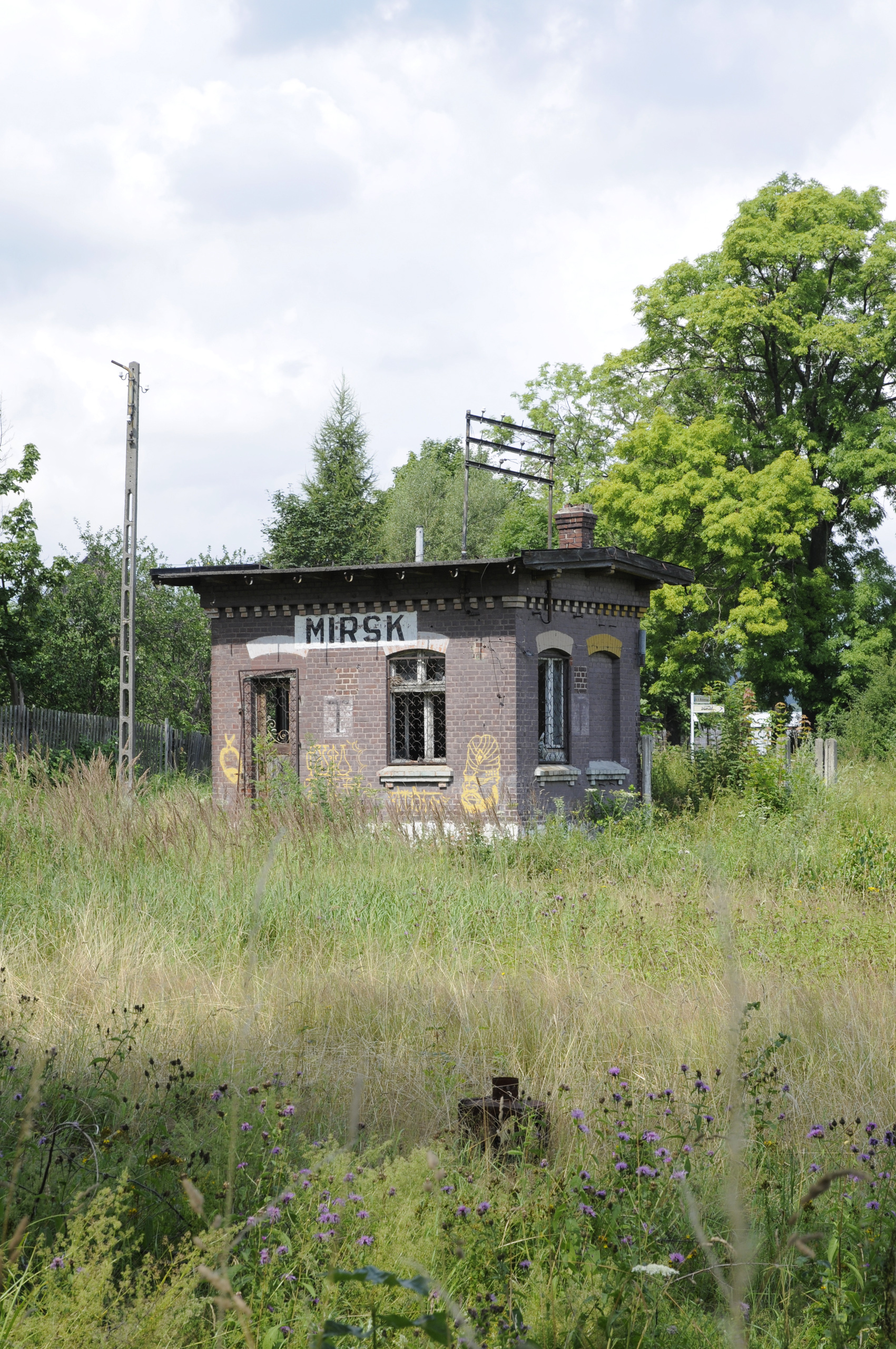
If you urgently search for something, finding it is often more difficult — and while investigating these intriguing typographic clues, I discovered the challenging ‘polonization’.
Once Poland’s borders shifted towards the west after World War II (Poland lost a huge part of his territories in the east and 1.2 million Polish people were forced to move from the east and to settle in the new territories in the west), it was forbidden by law to speak the German language. Thousands of villages gained new Polish names and the Germans that did not escape were forced to change their own, building signage was painted over, and even inscriptions carved in stone were nearly entirely erased.
Below you can see some of the treasures that I discovered, typography revealing the hidden secrets of what happened here over than 70 years ago.
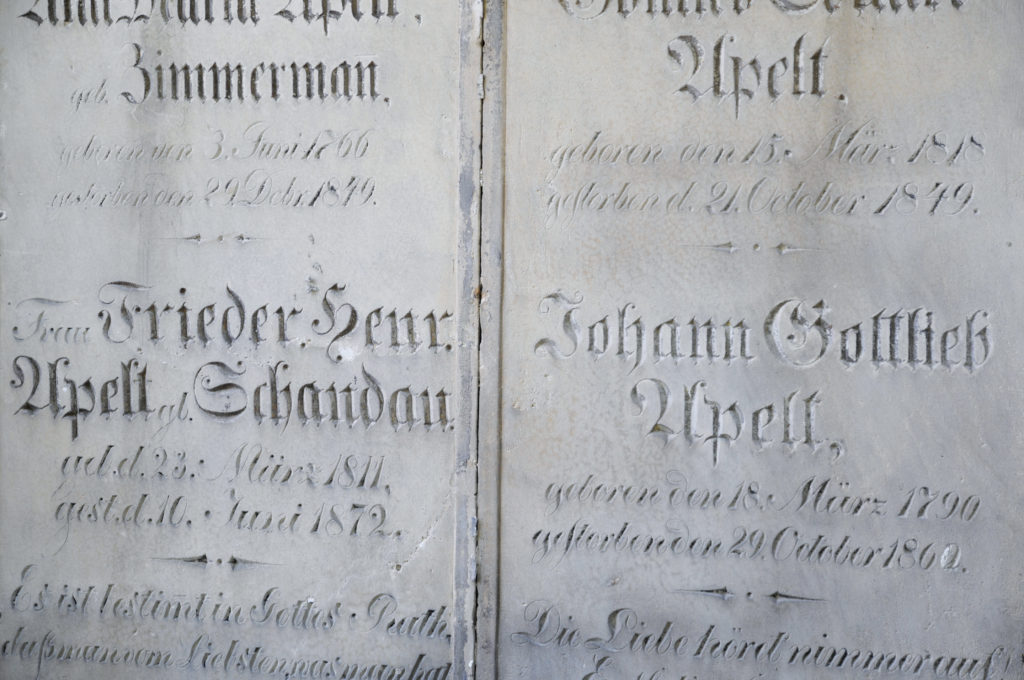
Gryfów Śląski | Lubańska 59–62 | Cemetry
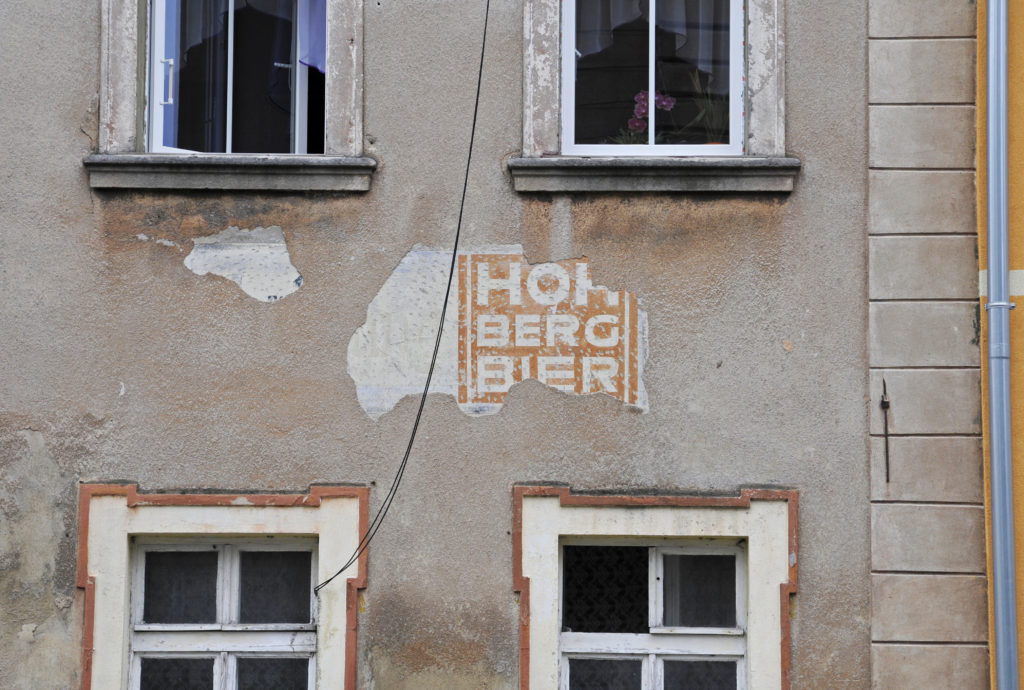
Mirsk | Betleja 10
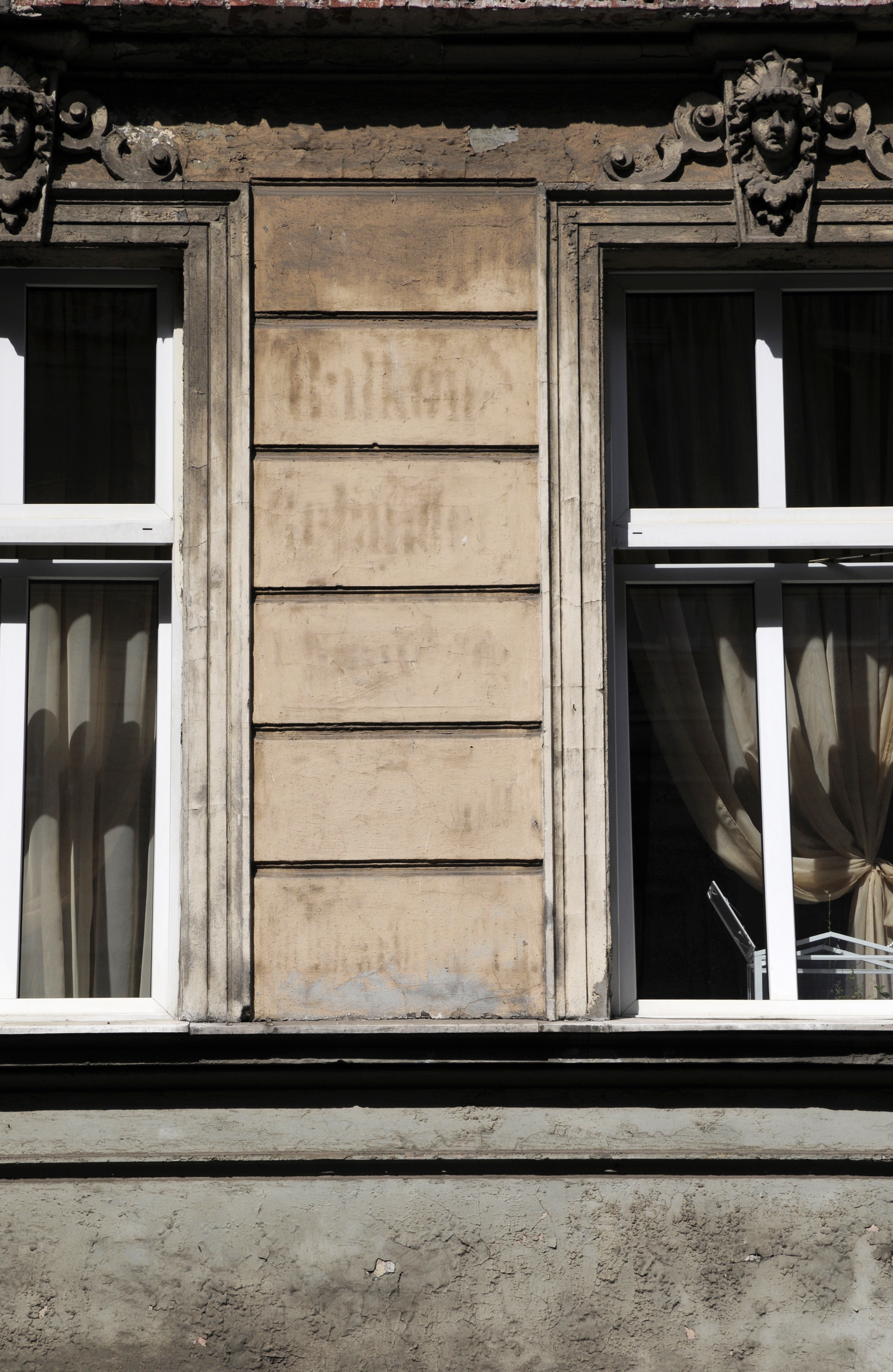
Wrocław | Cybulskiego 19
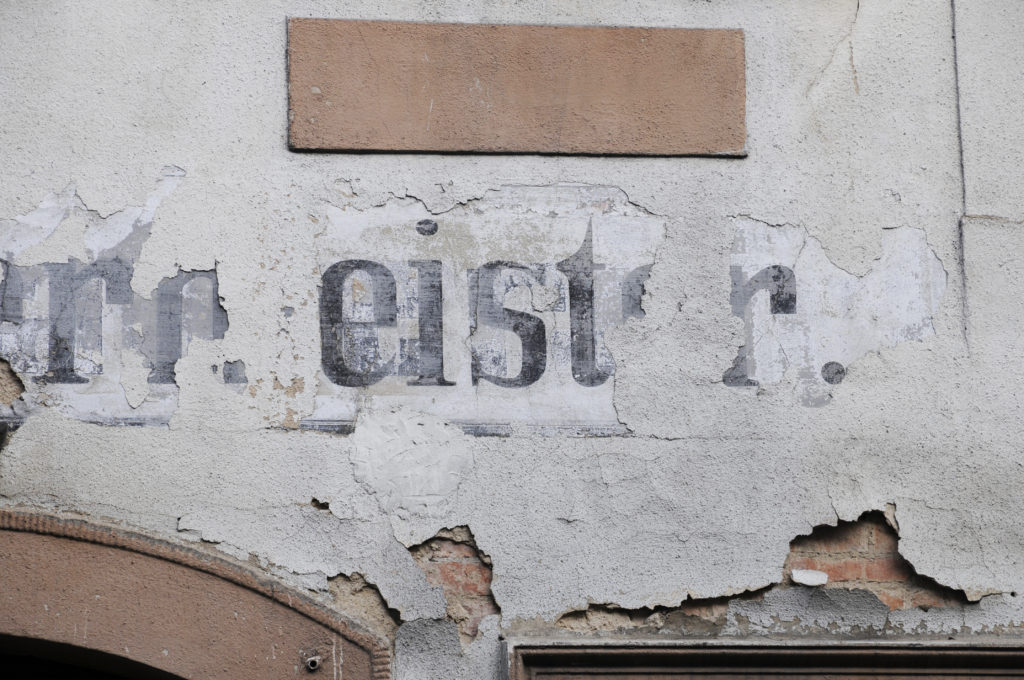
Gryfów Śląski | Lubańska 45
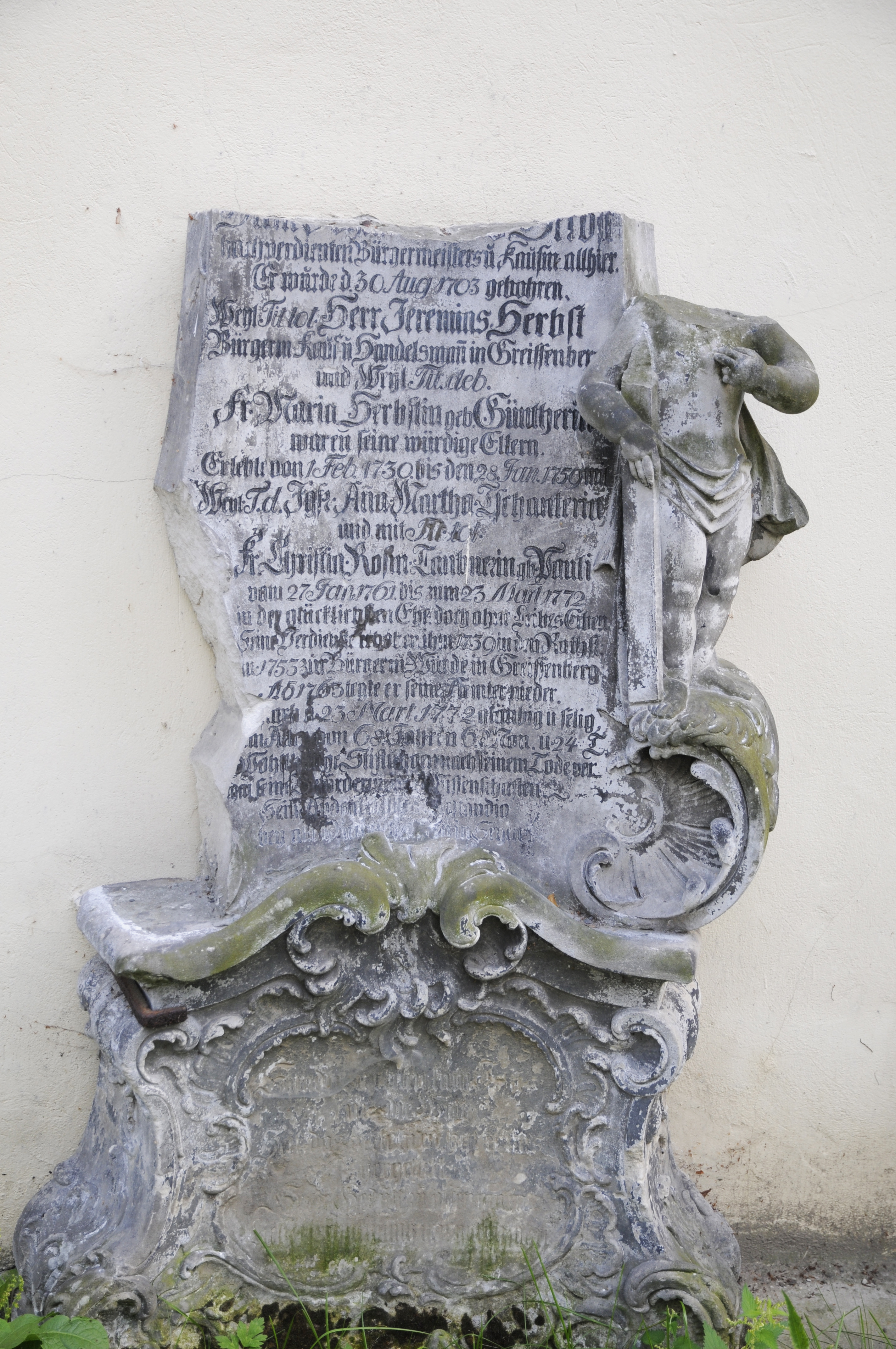
Gryfów Śląski | Lubańska 59–62 | Cemetry
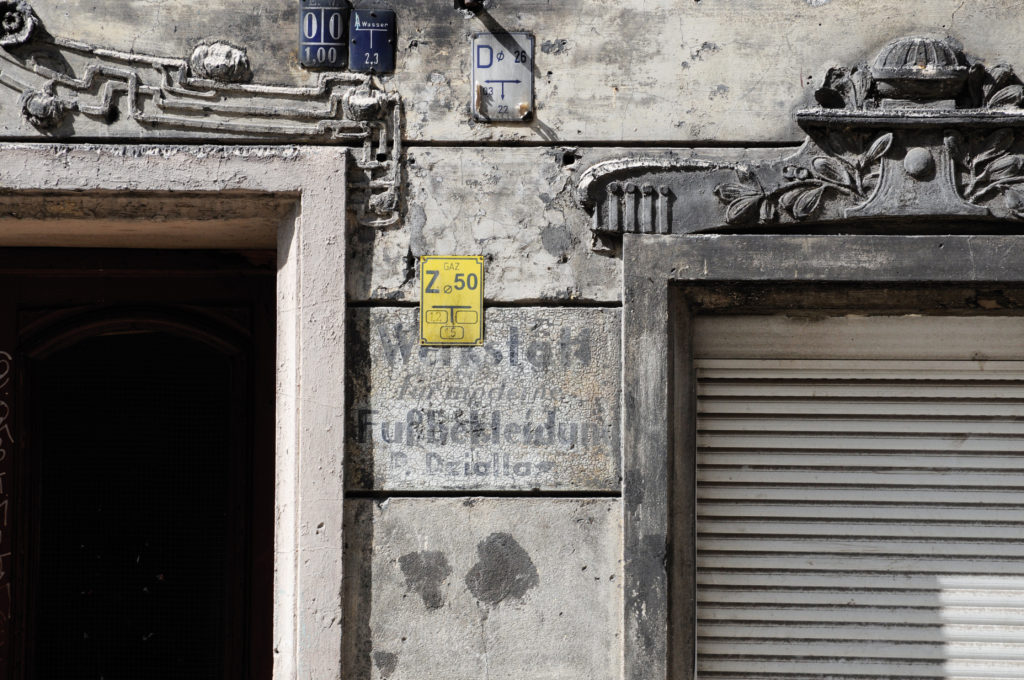
Wrocław | Paulińska 10
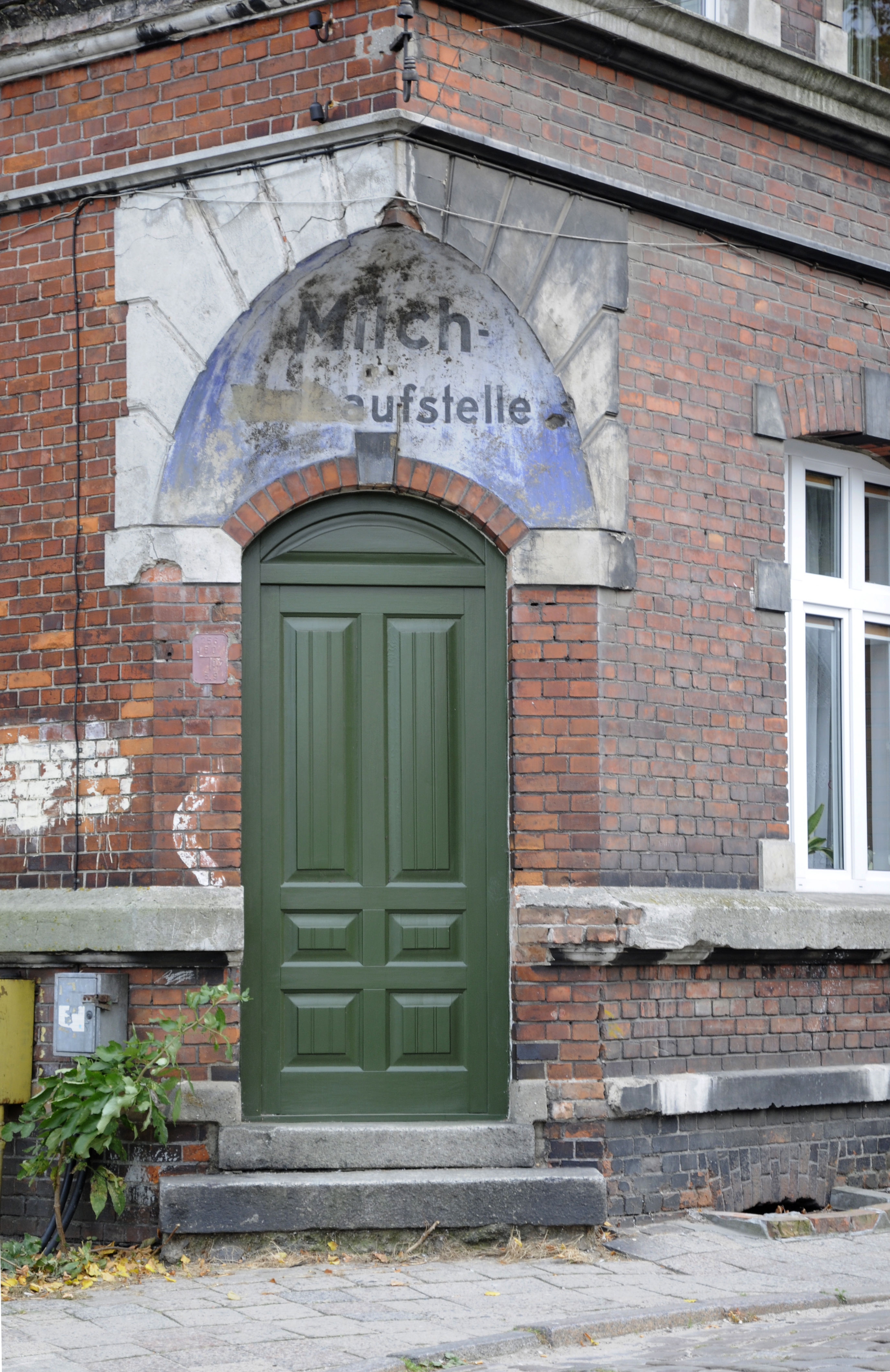
Gdańsk | Biskupia 34
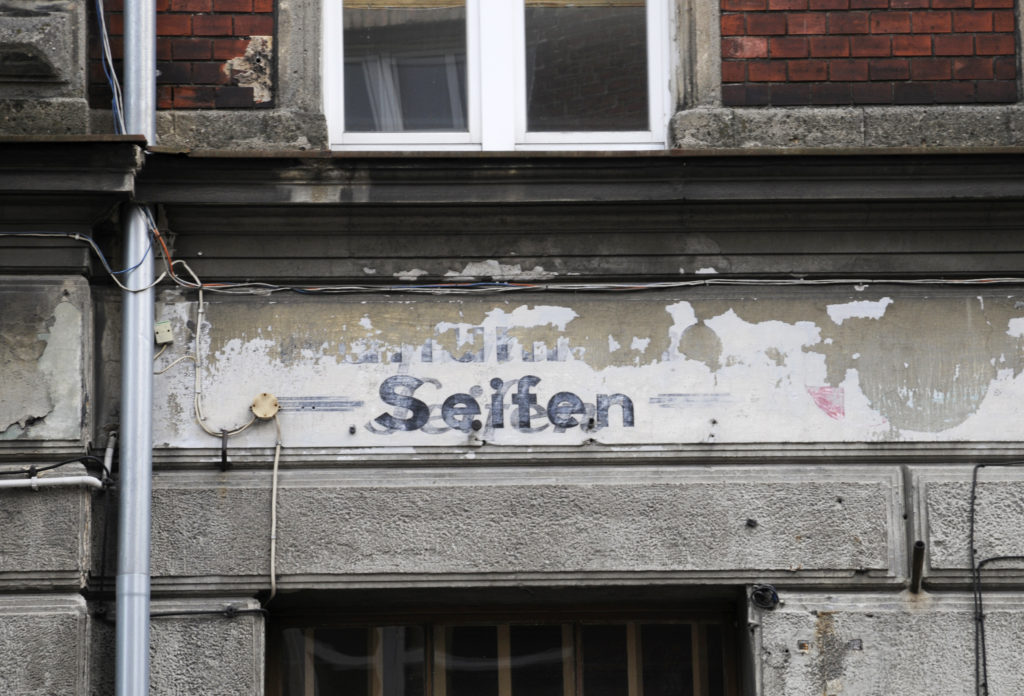
Gdańsk | Biskupia 33
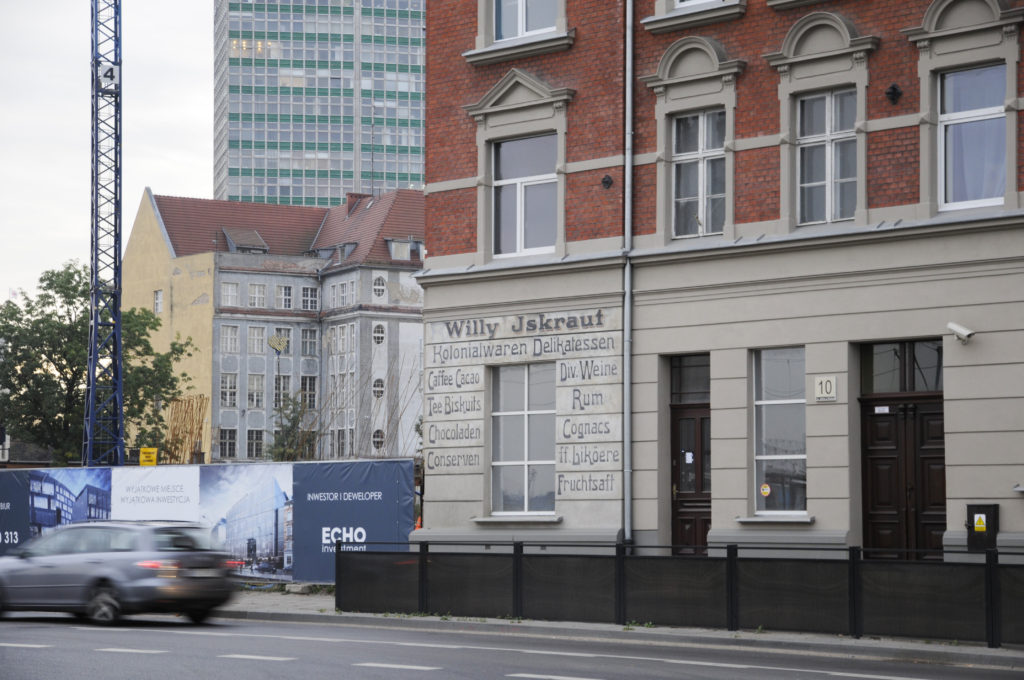
Gdańsk | Jana z Kolna 10
In these current times of still-shifting borders, and with the return of nationalistic intentions in Europe and around the world, one must remember the past to understand the present.
This post is part of Greetings from, a series in which Alphabettes share typographic curiosities from around the world. Look out for a passport stamp in the photos to spot posts from the series, or read them all here.
